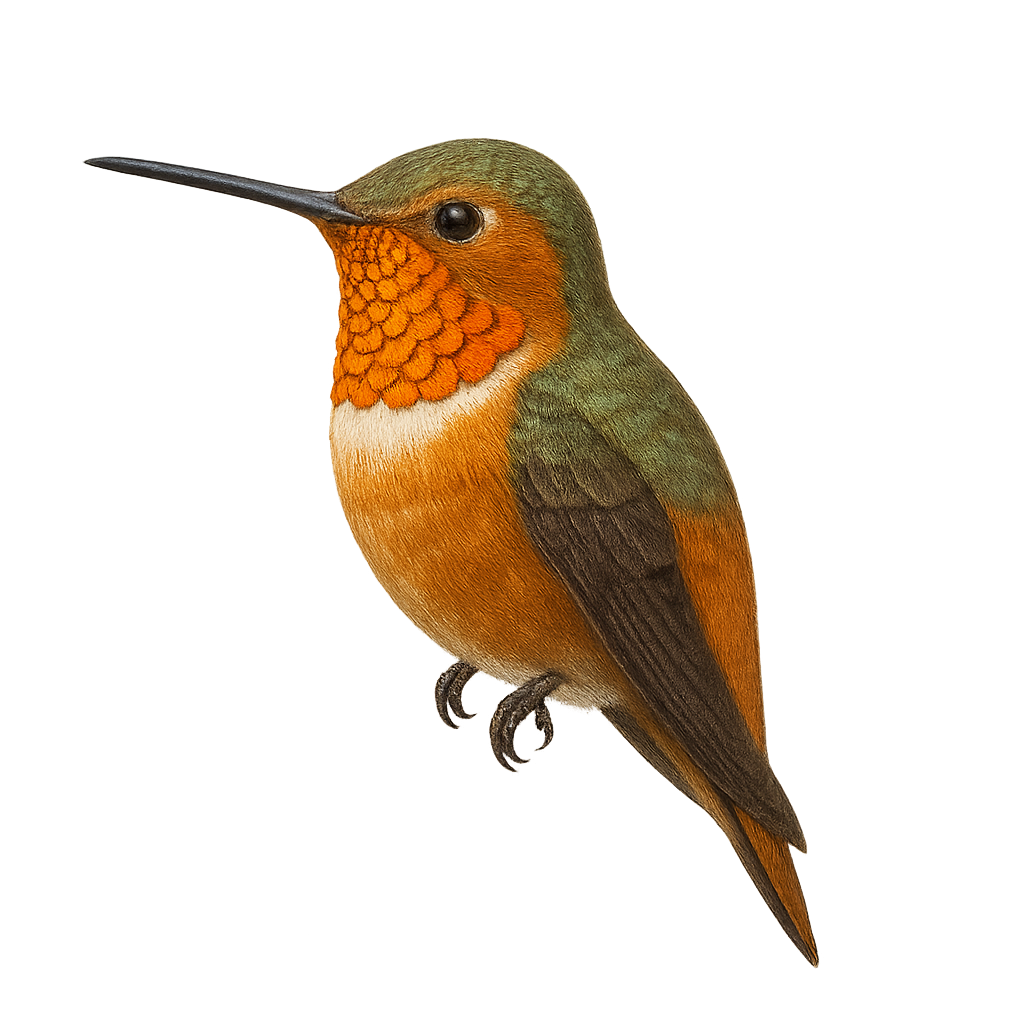Your wildlife photography guide.
Explore the allen's hummingbird in detail, study its behavior, prepare your shots.
Where to observe and photograph the allen's hummingbird in the wild
Learn where and when to spot the allen's hummingbird in the wild, how to identify the species based on distinctive features, and what natural environments it inhabits. The WildlifePhotographer app offers tailored photography tips that reflect the allen's hummingbird’s behavior, helping you capture better wildlife images. Explore the full species profile for key information including description, habitat, active periods, and approach techniques.
Allen's Hummingbird
Scientific name: Selasphorus sasin

IUCN Status: Near Threatened
Family: TROCHILIDAE
Group: Birds
Sensitivity to human approach: Suspicious
Minimum approach distance: 5 m
Courtship display: April to May
Incubation: 15-17 jours
Hatchings: April to June
Habitat:
Coastal forests, chaparral, urban gardens
Activity period :
Primarily active during the day, with peak activity in the morning and late afternoon.
Identification and description:
The Allen's Hummingbird, or Selasphorus sasin, is a small, vibrant bird primarily found along the western coast of North America. This hummingbird is known for its striking plumage, featuring copper and green hues. Males display a brilliant reddish-orange throat, while females and juveniles are more subdued with green and white tones. These birds are renowned for their rapid and agile flight, often seen hovering around flowers to feed on nectar. They play a crucial role in pollination. The Allen's Hummingbird is also famous for its seasonal migrations, traveling between breeding grounds and wintering areas.
Recommended lens:
400 mm – adjust based on distance, desired framing (portrait or habitat), and approach conditions.
Photography tips:
To photograph the Allen's Hummingbird, it's essential to use a 400mm lens or longer to capture the details of its vibrant plumage without disturbing it. Opt for early morning or late afternoon to take advantage of soft lighting. Be patient and wait near the flowers it frequents to see it in action. Use a tripod to stabilize your camera and avoid motion blur.
The WildlifePhotographer App is coming soon!
Be the first to explore the best nature spots, track rutting seasons, log your observations, and observe more wildlife.
Already 1 439 wildlife lovers subscribed worldwide

